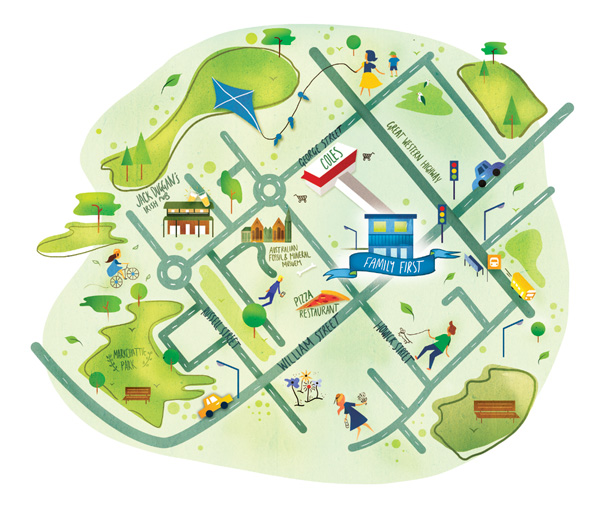Apart from listening skill, you are suggested that having a maximum score in IELTS Listening Map/Diagram/Plan/Flowchart Labelling Questions needs an appropriate strategy and some useful tips. This article will present to you the way how to deal with this question type and prepare for your IELTS Listening test.
1. Introduction to IELTS Listening Map/Diagram/Plan/Flowchart Labelling Questions
Out of four sections, IELTS Listening Map/Diagram/Plan/Flowchart Labelling Questions are likely to appear in part 2 that is considered to be one of the most challenging sections in the Listening test.
You will be provided a map (e.g. proposed changes to a place)
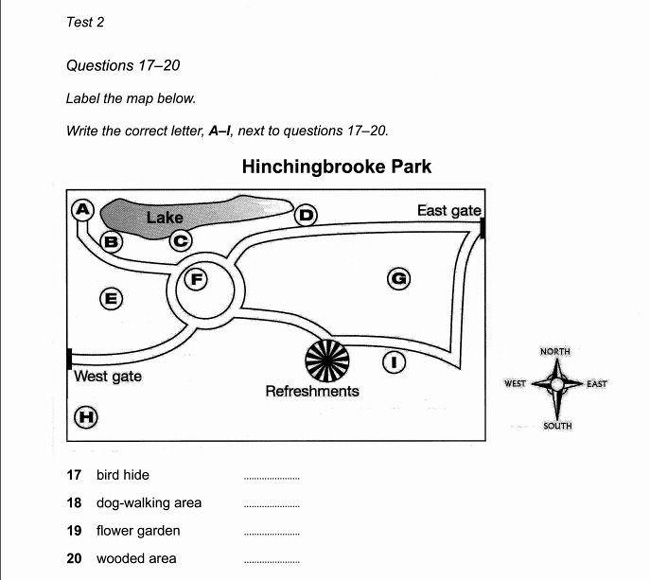
or a diagram (e.g. how a machine functions)
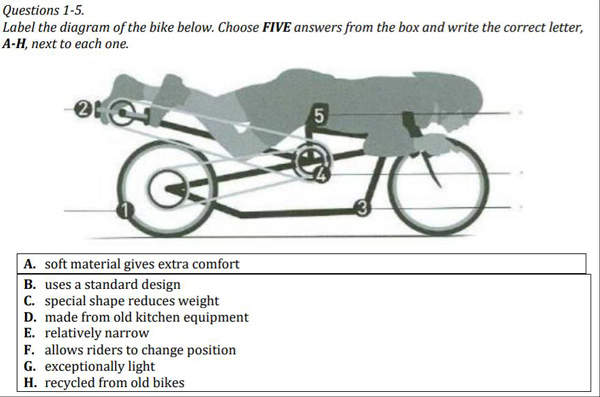
or a plan (e.g. plan for building a theatre, park, etc. or plan for a tour).

or a flowchart
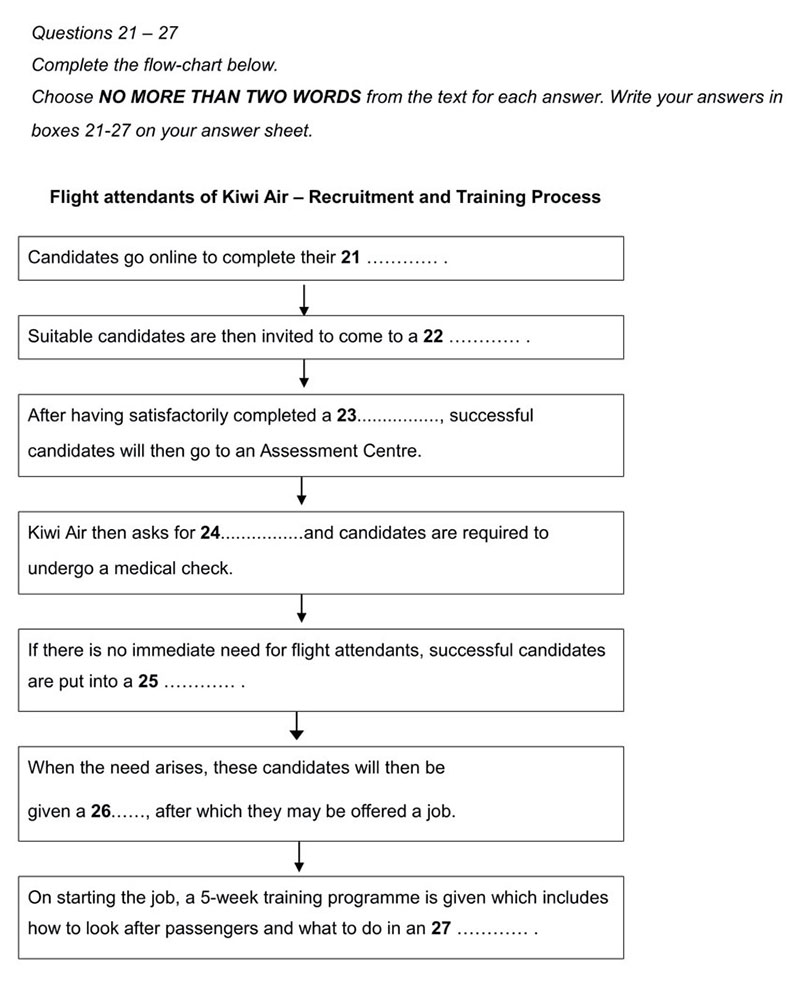
In some cases, the IELTS Listening Map/Diagram/Plan tasks come with a list of possible labels to help guide your answers. Your task is to trace specific areas or features while listening to the recording. If there is a list of labels, stick to it and you will find out the answers more easily.
Now, after getting to know the Map/Diagram/Plan/Flowchart Labelling Questions, it’s time to jump into strategies and tips to successfully master this question type in IELTS Listening test.
>>> Practice now: IELTS Listening Practice Test
2. Map/Diagram/Plan/Flowchart Labelling Questions Strategies

2.1. Read the questions and requirements carefully
Don’t ignore the requirement since you can recognize not only the word limit but also a list of possible answers that are given or not. Before starting, check the instructions. Recognize whether the task is a map, diagram, or plan so you know what to focus on. Identify if a list of options is given – this is common in IELTS Listening Map questions.
2.2. Identify and Underline keywords
Quickly scan the IELTS Listening Diagram or Plan and underline key features. Since prep time is short, spend only 15–20 seconds marking important prompts that help you locate answers later.
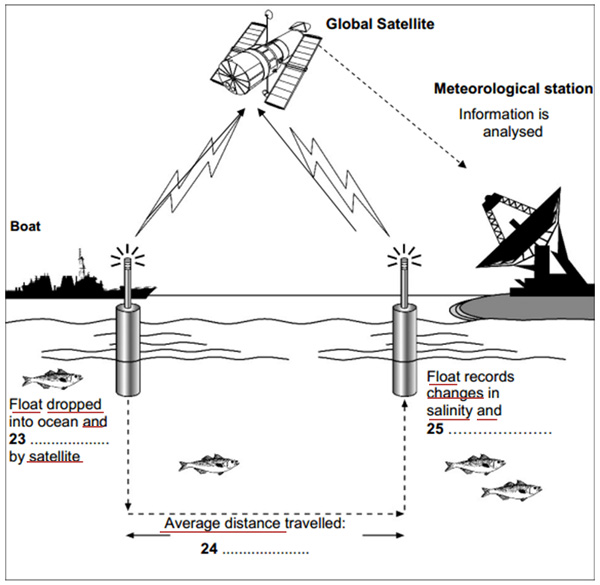
2.3. Identify the starting point
For IELTS Listening Map and IELTS Listening Plan tasks, think about:
- Where might the person start?
- Which direction might he or she head?
- What is his or her left hand and right hand
- What is behind or in front of?
(with map, plan)
- What might be the first step in the process?
- Which direction might the process continue?
(with diagram)
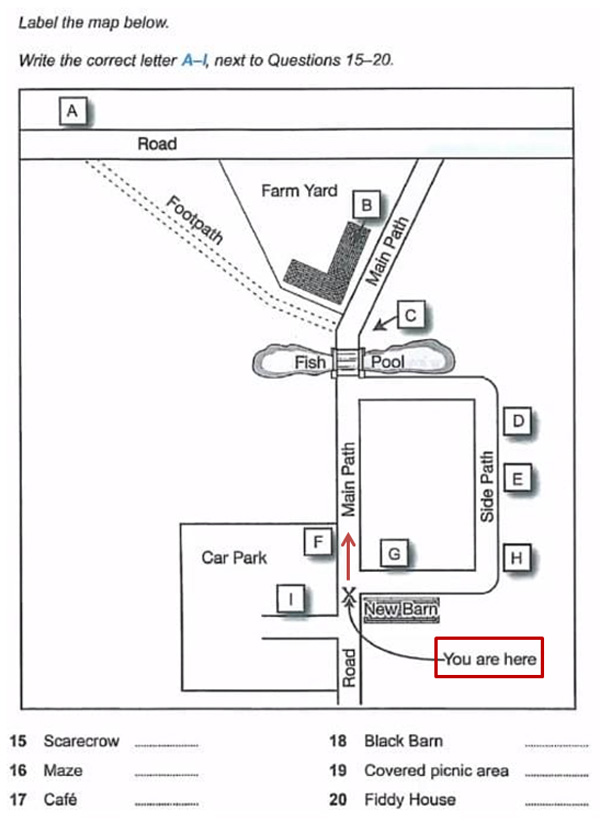
For IELTS Listening Diagram questions, consider the first stage of a process and how it continues. Drawing a mini compass beside the map or plan is a smart tip to keep track of directions.
2.4. Predict the answers
Before the audio begins, predict what kind of word (noun, verb, adjective, adverb, participle, etc.) may fill each blank in the IELTS Listening Map/Diagram/Plan labels.

2.5. Listen and label the map/diagram/plan/flowchart
Listen carefully to the audio and pay attention to direction words and some signposting words (e.g. The next ___ is ___.) to understand and follow each step the speaker is talking about. Besides, you can trace your pencil along with the direction the speaker is heading to. These are essential factors in IELTS Listening Map questions.
2.6. Double-check answers
When transferring answers, ensure spelling and grammar are correct. A wrong spelling in an IELTS Listening Plan task can cost you a point even if the location is right.
> >> See more: IELTS Listening Multiple Choice Questions
3. Tips for Map/Diagram/Plan/Flowchart Labelling Questions

- Don’t ignore the instructions that show you the word limit (NO MORE THAN ONE WORD AND/OR A NUMBER) and other important requirements.
- Either certain answers or hesitated ones should be written down onto the answer sheet
- Whatever the type of question is in the IELTS Listening test, you should expect synonyms and paraphrases; the words in the IELTS Listening Map/Diagram/Plan may not match the recording exactly.
- Notice contrast words (however, but, sorry, etc.) since the answers are often located after these words
- Draw attention to the beginning of the recording to understand the context and you can easily keep track of the speaker
- Try to imagine or visualize the map/diagram/plan/flowchart while listening
- Make use of the direction words or signposting words (e.g. The next ___ is ___.) to locate the position
- Try to take note of every detail that is beneficial for your answers next to the label and you will not miss any information
- The answers will be arranged in order of the label, so the answer to the next question will be mentioned after the previous one
- Pay particular attention to the words that come before and after the gap to help you notice when the information you are waiting for is mentioned
4. Vocabulary for Map/Diagram/Plan/Flowchart Labelling Questions
You can use these vocabularies to make it easier to follow IELTS Listening Diagram, Plan, and Map recordings.
|
Direction |
|
|
Showing direction |
|
|
Places |
|
Mastering IELTS Listening Map, IELTS Listening Diagram, and IELTS Listening Plan questions requires strong listening focus and smart strategies. With consistent practice, these once-challenging tasks can become one of your scoring strengths in the IELTS Listening test.
Let’s get started with our free IELTS online test to pass your exam on your first attempt.
